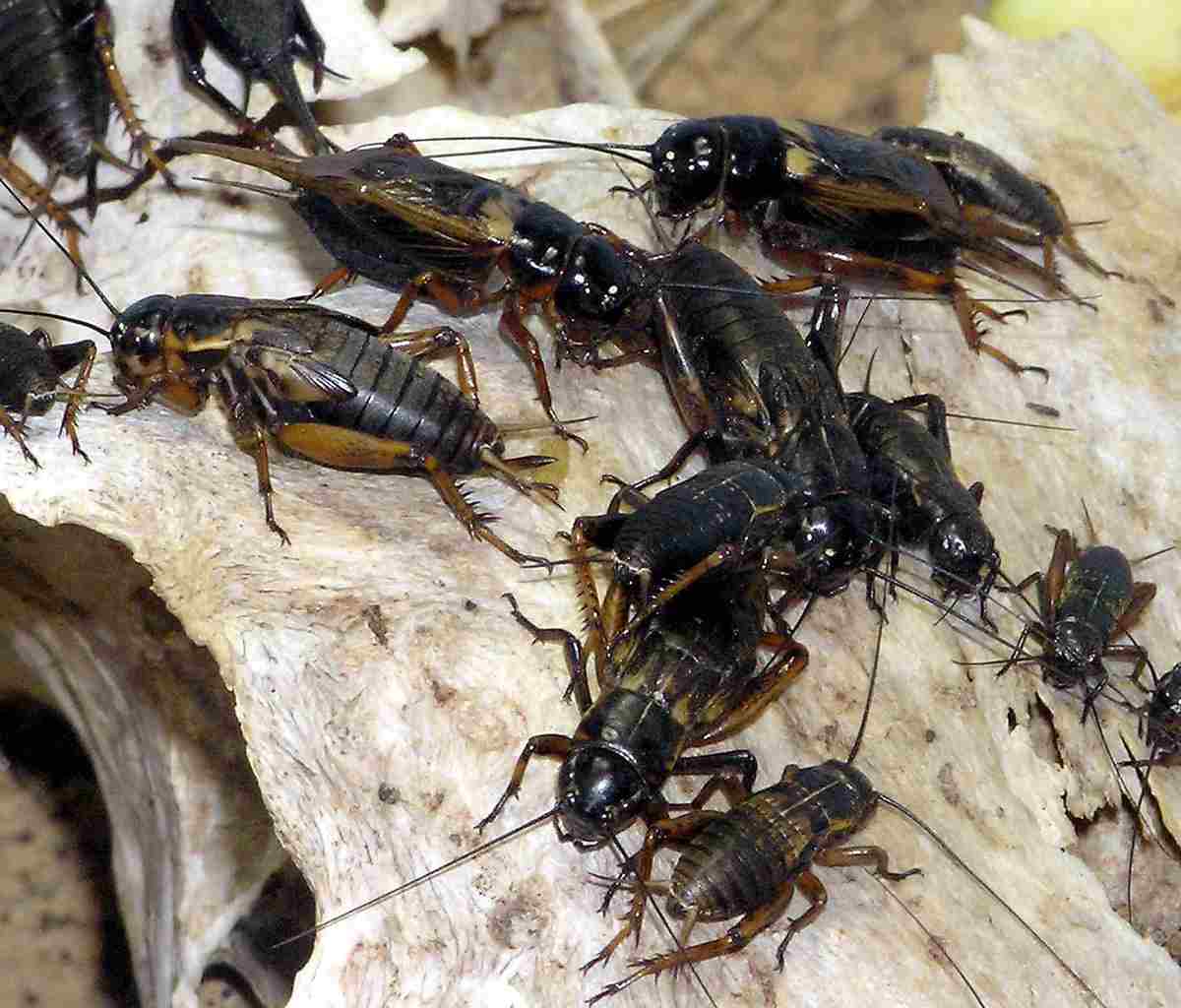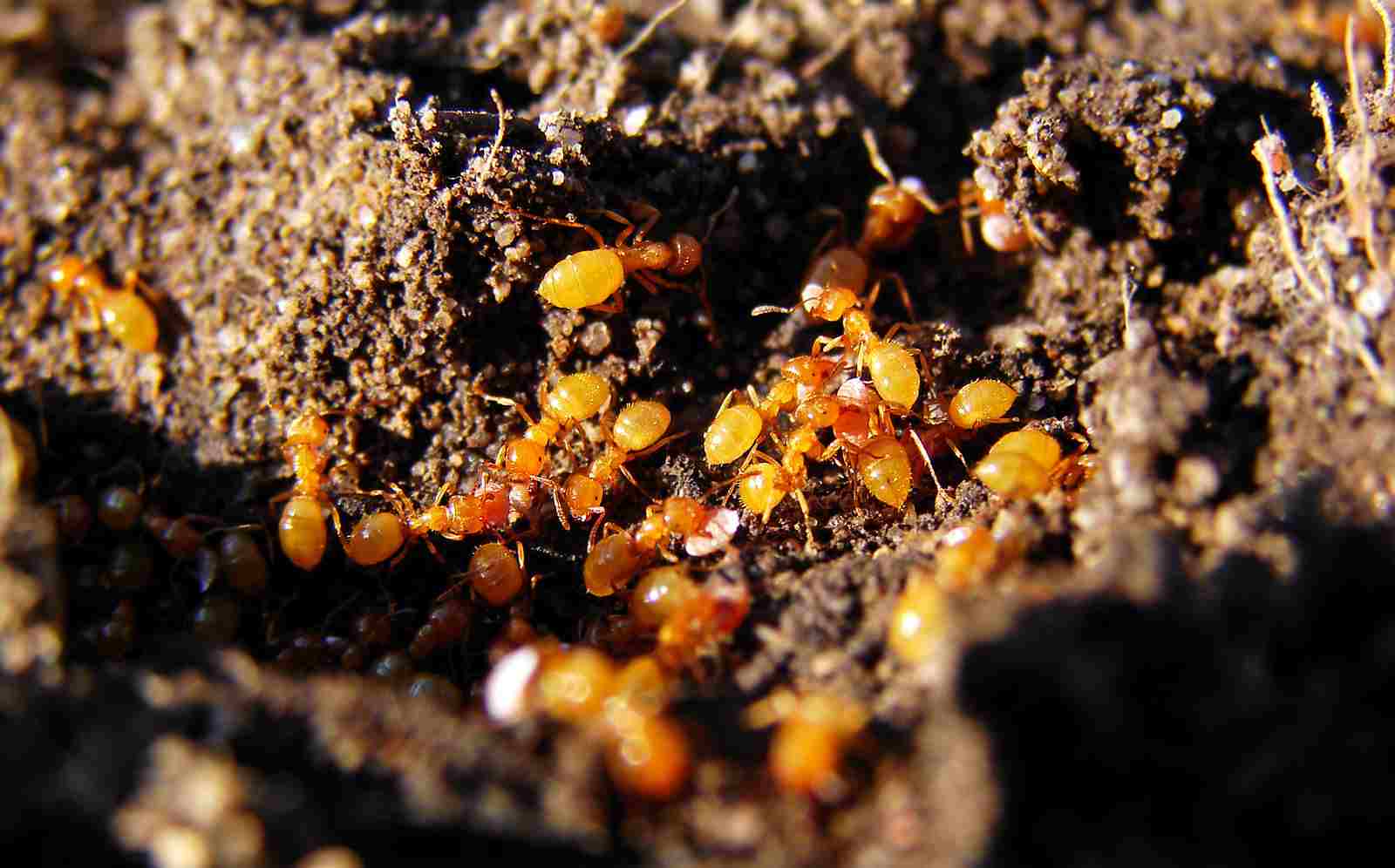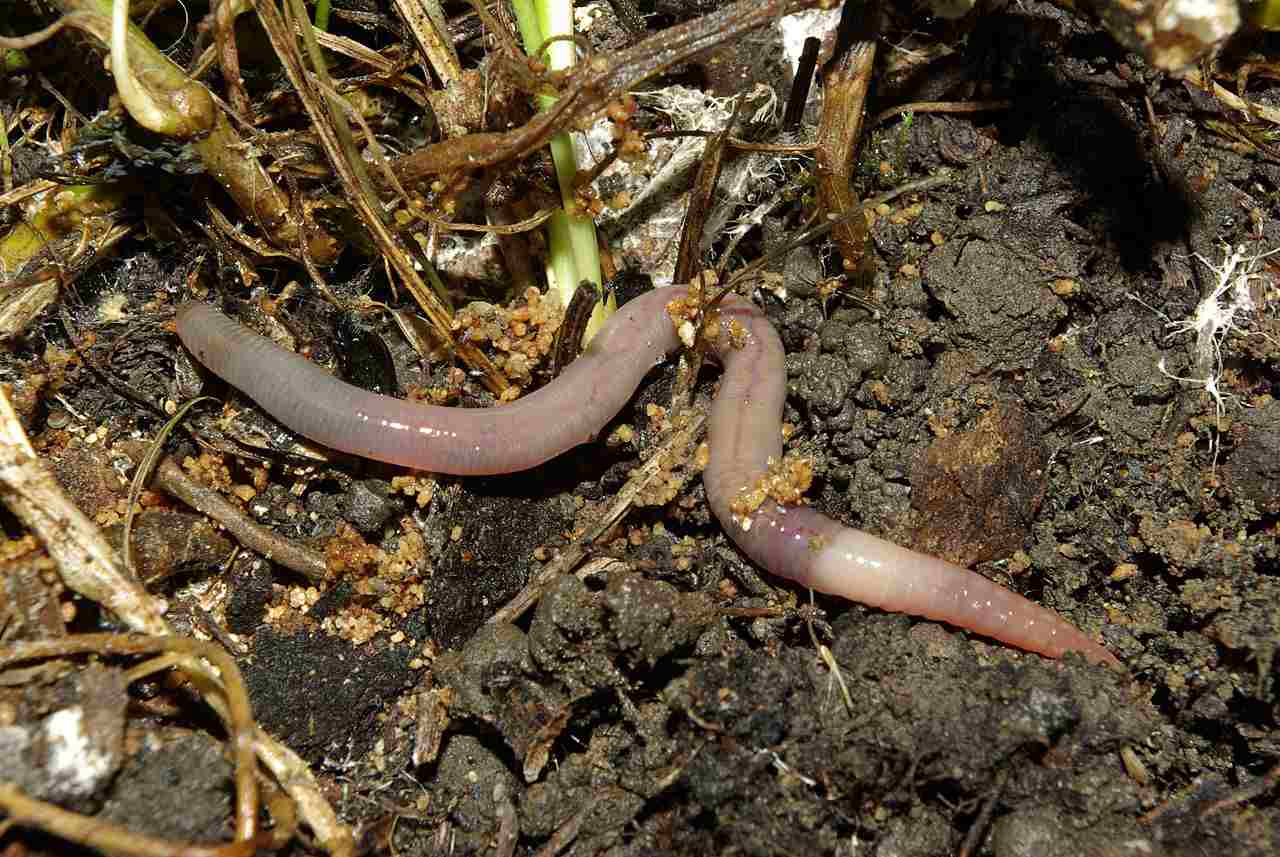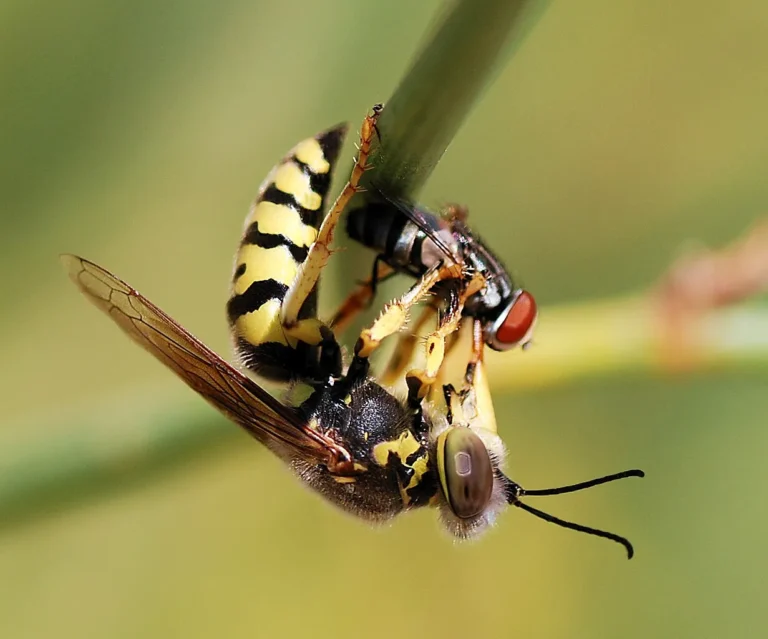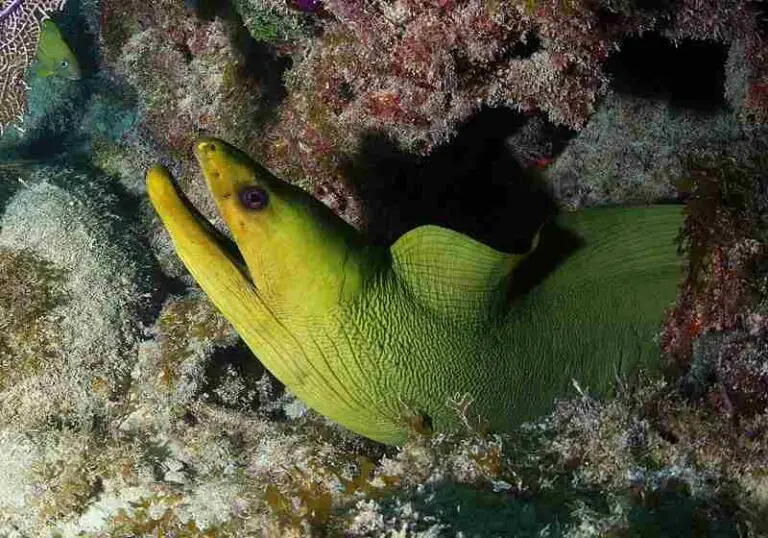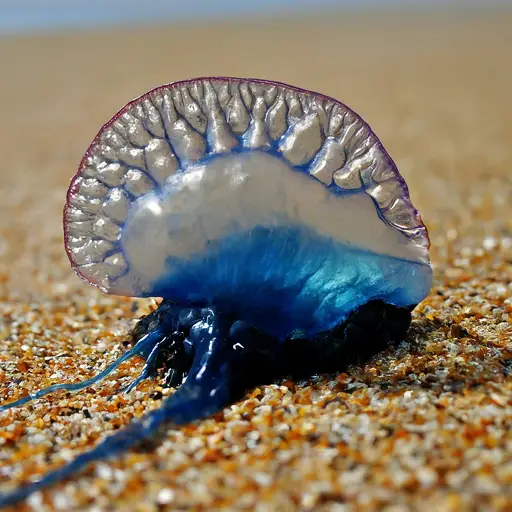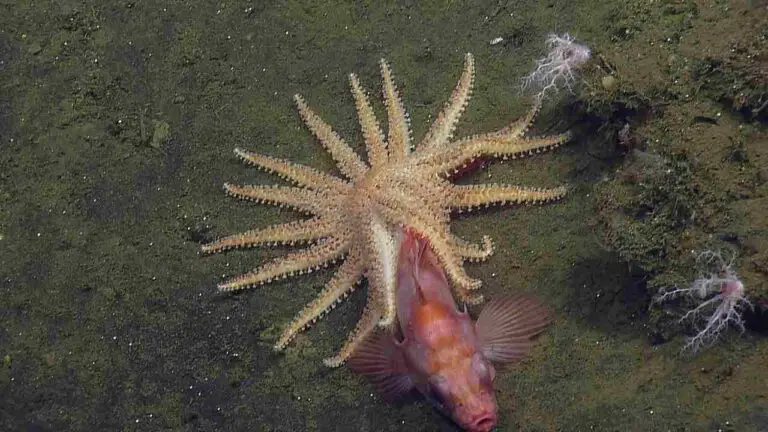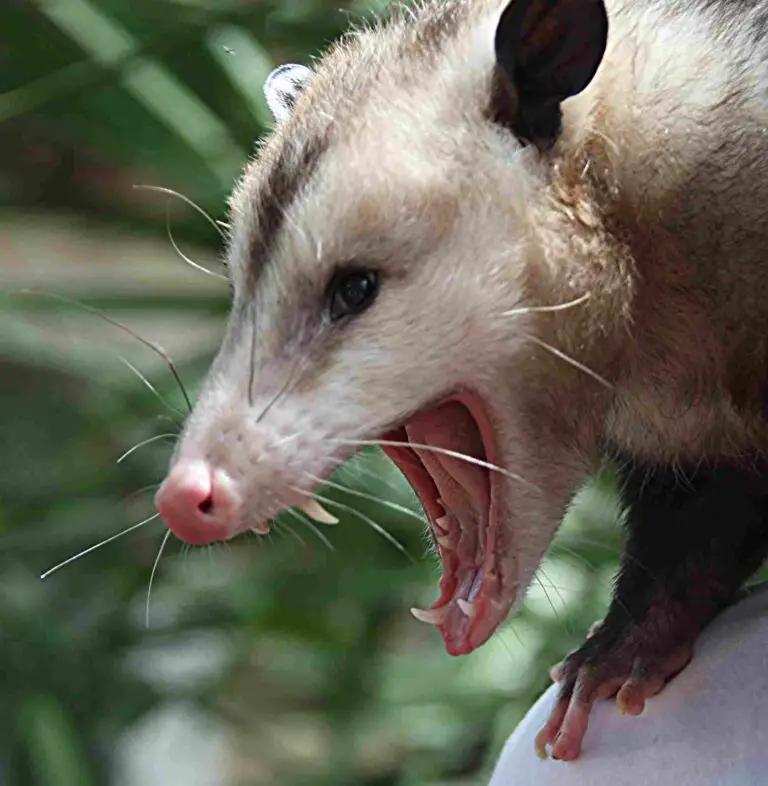15+ Detritivores In The Sonoran Desert Ecosystem
Examples of detritivores in the Sonoran Desert ecosystem are dung beetles, millipedes, carrion beetles, ants, termites, crickets, rove beetles, flesh flies, Drosophila (fruit flies), springtails, isopods (pill bugs), dermestid beetles, silphid beetles, earwigs, soil mites, and tenebrionid beetles (darkling beetles). These organisms play a crucial role in nutrient cycling and decomposition, breaking down organic matter and returning nutrients to the soil. Their activities contribute to soil health, support plant growth, and help maintain the balance in the Sonoran Desert ecosystem.
1. Dung Beetles
Dung beetles are crucial decomposers in the Sonoran Desert ecosystem. These beetles play a vital role in recycling nutrients by breaking down animal dung and redistributing it into the soil. By rolling, burying, and consuming animal feces, dung beetles help maintain soil fertility, aerate the ground, and reduce the presence of pests and parasites that thrive in animal waste. In doing so, they not only contribute to a healthier environment but also support the growth of desert vegetation.
In the harsh conditions of the Sonoran Desert, where resources are scarce and temperatures can be extreme, dung beetles demonstrate remarkable adaptability. They have specialized behaviors for locating and processing dung, often using scent to track their source material from miles away. Some species roll dung into balls and transport them to underground burrows, where they use it as food and a place to lay eggs. This behavior creates a micro-ecosystem underground that benefits other organisms and promotes overall soil health in the desert environment.
2. Millipedes
Millipedes are long, segmented detritivores found in the Sonoran Desert, where they contribute to the decomposition of organic matter. These arthropods feed primarily on decaying plant material, such as fallen leaves, wood, and other detritus. By consuming and breaking down this material, millipedes play an essential role in nutrient cycling, helping to return nutrients to the soil. This process is especially important in desert ecosystems like the Sonoran Desert, where organic matter is limited, and soil fertility can be low.
Millipedes have a unique defense mechanism to protect themselves from predators. They can secrete toxic chemicals from their bodies to deter would-be attackers, providing them with a means to navigate the dangerous desert environment. This adaptation allows millipedes to thrive despite threats from predators like birds, lizards, and small mammals. Millipedes are usually more active at night or during moist periods when the desert air cools down, reducing the risk of desiccation.
3. Carrion Beetles
Carrion beetles in the Sonoran Desert are crucial decomposers that specialize in consuming dead animal matter. These beetles play a vital role in recycling nutrients by breaking down carcasses and returning those nutrients to the soil. By consuming dead animals, carrion beetles help maintain the balance in the ecosystem and reduce the spread of diseases that can result from decaying flesh. This process also prevents the buildup of carcasses, which could otherwise attract unwanted scavengers or pests.
Carrion beetles have interesting reproductive behaviors that involve their food source. Some species will bury small carcasses underground and lay their eggs on them, providing a ready food source for their larvae when they hatch. This behavior not only ensures the survival of their offspring but also contributes to soil aeration and nutrient cycling. Carrion beetles, therefore, play a dual role in both decomposition and the sustenance of future generations.
4. Ants (Various Species)
Ants in the Sonoran Desert come in various species, each with unique roles in the ecosystem. As detritivores, ants contribute to the decomposition process by breaking down organic matter, such as dead insects, plant material, and even small animals. They carry this material back to their colonies, where it becomes food for the colony and aids in nutrient recycling. This activity also serves to aerate the soil, which is beneficial for plant growth and overall soil health.
Ants are known for their complex social structures and teamwork, which allow them to accomplish tasks that would be impossible for individual insects. Some ant species in the Sonoran Desert have evolved unique adaptations to cope with the extreme conditions, such as specialized foraging patterns and temperature-resistant nests. Their cooperative behavior and ability to gather and distribute organic matter across the desert landscape make ants a significant component of the Sonoran Desert ecosystem.
5. Termites
Termites are another group of detritivores that play a significant role in the Sonoran Desert ecosystem. These insects are well known for their ability to break down cellulose, the primary component of plant cell walls. In the desert environment, termites consume decaying wood, plant debris, and other organic materials, helping to recycle nutrients back into the soil. This process is critical in arid ecosystems, where organic matter is often limited, and decomposition can be slow.
Termites live in large colonies with a complex social structure, including a reproductive queen, workers, and soldiers. Their cooperative behavior allows them to construct elaborate mounds or underground tunnels, which serve as their homes and food storage. These structures also play a role in aerating the soil and facilitating water infiltration, which benefits desert plants and contributes to soil health. Termites’ ability to thrive in harsh desert conditions highlights their adaptability and importance in the nutrient cycle.
6. Crickets (Such as Jerusalem Crickets)
Crickets, including Jerusalem crickets, are common detritivores in the Sonoran Desert. They are primarily nocturnal, feeding on decaying plant material and other organic matter. By consuming dead vegetation, crickets help break down complex organic compounds, contributing to nutrient recycling and soil health. This process supports plant growth in the desert, where nutrient-rich soil is often in short supply.
Jerusalem crickets, in particular, have a distinctive appearance with large heads and powerful mandibles. Despite their somewhat intimidating look, they are harmless to humans and play a crucial role in the desert ecosystem. They create burrows in the ground, which helps aerate the soil and improve water infiltration. The burrowing behavior of these crickets also provides habitats for other small desert creatures, contributing to the biodiversity and overall health of the Sonoran Desert ecosystem.
7. Rove Beetles
Rove beetles are a diverse group of detritivores found in the Sonoran Desert. These beetles are known for their elongated bodies and short elytra (wing covers), which give them a unique appearance. They are typically found in decaying plant material, animal carcasses, and other organic matter, where they feed on decomposing substances. By breaking down these materials, rove beetles contribute to the nutrient cycle and help maintain soil health in the desert environment.
Rove beetles are highly adaptable and can thrive in a variety of habitats, from dry desert sands to moist forest floors. They are active predators and scavengers, feeding on other insects and small invertebrates in addition to detritus. Their adaptability and voracious appetite for decaying organic matter make them important contributors to the Sonoran Desert’s decomposition process. Additionally, rove beetles can act as biological control agents, helping to keep populations of other insects in check, further contributing to the balance of the ecosystem.
8. Flesh Flies
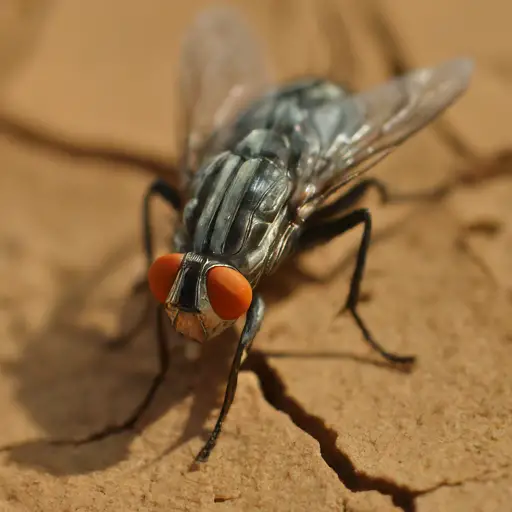
Flesh flies are a type of detritivore found in the Sonoran Desert, specializing in decomposing animal carcasses and other organic matter. These flies are crucial in breaking down dead animals, helping to prevent the accumulation of decaying bodies in the desert environment. By doing so, flesh flies play an important role in reducing the risk of disease spread and maintaining the overall cleanliness of the ecosystem.
Flesh flies have a unique reproductive strategy where females lay their eggs directly on decaying flesh or other organic material. The larvae that hatch from these eggs feed on the decomposing matter, accelerating the decomposition process. This rapid breakdown of organic material helps to recycle nutrients back into the soil, supporting plant growth and promoting soil health in the Sonoran Desert. Additionally, flesh flies are an important food source for other predators, such as birds and reptiles, making them a key component of the desert food web.
9. Drosophila (Fruit Flies)
Drosophila, commonly known as fruit flies, are small insects often associated with decomposing fruit and organic matter. In the Sonoran Desert, these flies play a significant role in breaking down decaying plant material and fruit, contributing to the decomposition process and nutrient cycling. By consuming rotting fruits and other organic debris, fruit flies help release nutrients into the soil, fostering plant growth and supporting the desert’s delicate ecosystem.
Despite their small size, Drosophila have a significant impact on the Sonoran Desert ecosystem. They are also a critical food source for various desert predators, including birds, lizards, and spiders. The rapid reproduction rate of fruit flies ensures a steady supply of these tiny insects, maintaining a consistent source of nutrition for other desert creatures. Moreover, the presence of Drosophila can be an indicator of the health of an ecosystem, as they are often found in areas with abundant decaying organic matter and a balanced food web.
10. Springtails
Springtails are tiny detritivores commonly found in the Sonoran Desert, where they play a critical role in soil health and nutrient cycling. These minute arthropods are known for their ability to “spring” or jump due to a specialized tail-like structure called a furcula. They are typically found in soil, leaf litter, or other decaying organic matter, where they feed on fungi, bacteria, and decomposing plant material. Their activity helps break down complex organic compounds, releasing nutrients into the soil and promoting plant growth.
Springtails are also an important indicator of soil health in the Sonoran Desert. Their presence in significant numbers suggests a thriving ecosystem with a rich array of decomposing organic matter. Additionally, springtails contribute to soil structure by burrowing and mixing organic matter with mineral soil, which aids in aeration and water infiltration. As a result, springtails play a multifaceted role in maintaining a healthy desert ecosystem, from nutrient recycling to improving soil structure and supporting plant life.
11. Isopods (Like Pill Bugs)
Isopods, commonly known as pill bugs or sow bugs, are another group of detritivores that contribute to nutrient cycling in the Sonoran Desert. These small crustaceans feed on decaying plant material and other organic matter, helping to break it down into simpler compounds. By consuming this material, isopods release nutrients into the soil, supporting plant growth and overall soil health in the desert environment. Their feeding activity is especially important in arid regions like the Sonoran Desert, where organic matter is scarce and decomposition can be slow.
Pill bugs are known for their ability to roll into a tight ball when threatened, which provides protection against predators. This defensive mechanism allows them to survive in the challenging desert landscape. They are usually more active at night or during periods of higher humidity, taking advantage of cooler temperatures and reducing the risk of desiccation. Isopods also play a role in soil aeration and structure, as their burrowing behavior mixes organic matter with mineral soil, contributing to a healthier ecosystem in the Sonoran Desert.
12. Dermestid Beetles
Dermestid beetles, also known as skin beetles, are specialized detritivores found in the Sonoran Desert. They are known for their ability to break down tough organic matter, such as animal hides, fur, feathers, and bones. These beetles play a significant role in the decomposition process, helping to clean up animal remains and return nutrients to the soil. By consuming this otherwise hard-to-breakdown organic material, dermestid beetles contribute to nutrient cycling and maintain ecosystem health in the desert.
These beetles have an essential role in the Sonoran Desert’s food web, providing a source of food for predators while efficiently recycling organic matter. Dermestid beetles are often used by taxidermists and museums for their ability to clean animal skeletons. Their presence in the desert environment is vital, as they help prevent the accumulation of dead animals and maintain a balanced ecosystem.
13. Silphid Beetles
Silphid beetles, also known as burying beetles, are important detritivores in the Sonoran Desert, specializing in consuming and decomposing animal carcasses. These beetles are known for their unique behavior of burying small dead animals, which creates an ideal environment for their larvae to feed and grow. By consuming dead animals and returning nutrients to the soil, silphid beetles play a crucial role in nutrient cycling and maintaining soil health in the desert ecosystem.
Silphid beetles are notable for their cooperative parenting behavior, where both males and females work together to prepare carcasses for their larvae. This cooperation includes burying the carcass, laying eggs on it, and protecting the young beetles as they develop. This behavior not only supports the survival of their offspring but also contributes to soil aeration and organic matter decomposition, which benefits the Sonoran Desert’s overall ecosystem.
14. Earwigs
Earwigs are another group of detritivores in the Sonoran Desert, often found in moist, dark areas. They feed on decaying plant material, dead insects, and other organic matter, playing a role in nutrient recycling and decomposition. Their presence helps break down organic matter, releasing nutrients into the soil and promoting plant growth. This function is especially important in the desert, where decomposition can be slow due to arid conditions.
Earwigs are easily recognizable by their characteristic pincers, or cerci, which they use for defense and mating rituals. While they may look intimidating, earwigs are generally harmless to humans and play a beneficial role in the desert ecosystem. Their feeding and burrowing behavior helps aerate the soil, promoting water infiltration and supporting a diverse range of plant and animal life in the Sonoran Desert.
15. Soil Mites
Soil mites are tiny detritivores that play a crucial role in maintaining soil health in the Sonoran Desert. These microscopic arthropods feed on decaying organic matter, fungi, and other small organisms in the soil. By consuming and breaking down this material, soil mites contribute to nutrient cycling and soil structure. They are essential for the decomposition process in the desert, where organic matter can be limited.
Soil mites are highly diverse, with many different species filling various ecological niches. Some feed on dead plant material, while others consume fungi or even other smaller soil organisms. Their activity contributes to soil aeration and helps maintain a balanced ecosystem. The presence of soil mites indicates a healthy soil environment, as they are integral to breaking down organic matter and promoting nutrient recycling in the Sonoran Desert.
16. Tenebrionid Beetles (Darkling Beetles)
Tenebrionid beetles, commonly known as darkling beetles, are among the most diverse detritivores in the Sonoran Desert. They feed on a variety of decaying plant material, including dead leaves, wood, and other organic matter. This feeding behavior helps break down complex organic compounds, returning nutrients to the soil and promoting plant growth. Darkling beetles are particularly well-suited to desert environments due to their ability to survive in arid conditions and their nocturnal activity, which helps them avoid the intense desert heat.
Darkling beetles are an important food source for other desert creatures, such as birds, lizards, and small mammals. They are also known for their defensive mechanisms, including the ability to secrete foul-smelling chemicals to deter predators. This adaptation helps them survive in a challenging environment, where predation pressure can be high. Overall, tenebrionid beetles play a significant role in nutrient cycling and contribute to the health of the Sonoran Desert ecosystem.
*Summary
-
Dung Beetles: Break down animal dung, aerate soil, and promote nutrient cycling.
-
Millipedes: Decompose plant material, release nutrients, and secrete chemicals for defense.
-
Carrion Beetles: Consume animal carcasses, contribute to soil aeration, and support nutrient cycling.
-
Ants: Break down various organic matter, create complex social structures, and aerate soil.
-
Termites: Decompose wood and plant material, create intricate colonies, and aerate soil.
-
Crickets: Consume decaying plant material, aerate soil, and provide food for predators.
-
Rove Beetles: Break down decaying plant material, consume other insects, and act as biological control.
-
Flesh Flies: Consume decaying flesh, reduce disease spread, and support the food web.
-
Drosophila (Fruit Flies): Feed on decaying fruit, support nutrient cycling, and act as a food source.
-
Springtails: Break down fungi and decaying plant material, improve soil aeration, and support nutrient cycling.
-
Isopods (Pill Bugs): Consume decaying plant material, aerate soil, and provide protection with their rolling behavior.
-
Dermestid Beetles: Decompose tough organic matter, contribute to soil health, and support nutrient cycling.
-
Silphid Beetles: Bury animal carcasses, engage in cooperative parenting, and contribute to soil aeration.
-
Earwigs: Consume decaying plant material, support nutrient recycling, and aerate soil.
-
Soil Mites: Break down organic matter, contribute to soil health, and indicate a healthy ecosystem.
-
Tenebrionid Beetles (Darkling Beetles): Consume decaying plant material, secrete chemicals for defense, and thrive in arid conditions.
| Detritivores |
Functions and Characteristics
|
| Dung Beetles |
Break down animal dung, aerate soil, promote nutrient cycling
|
| Millipedes |
Decompose plant material, release nutrients, secrete chemicals for defense
|
| Carrion Beetles |
Consume animal carcasses, contribute to soil aeration, support nutrient cycling
|
| Ants |
Break down organic matter, create complex social structures, aerate soil
|
| Termites |
Decompose wood and plant material, create intricate colonies, aerate soil
|
| Crickets |
Consume decaying plant material, aerate soil, provide food for predators
|
| Rove Beetles |
Break down plant material, consume other insects, act as biological control
|
| Flesh Flies |
Consume decaying flesh, reduce disease spread, support the food web
|
| Drosophila (Fruit Flies) |
Feed on decaying fruit, support nutrient cycling, act as a food source
|
| Springtails |
Break down fungi and plant material, improve soil aeration, support nutrient cycling
|
| Isopods (Pill Bugs) |
Consume decaying plant material, aerate soil, provide protection by rolling
|
| Dermestid Beetles |
Decompose tough organic matter, contribute to soil health, support nutrient cycling
|
| Silphid Beetles |
Bury animal carcasses, engage in cooperative parenting, contribute to soil aeration
|
| Earwigs |
Consume decaying plant material, support nutrient recycling, aerate soil
|
| Soil Mites |
Break down organic matter, contribute to soil health, indicate a healthy ecosystem
|
| Tenebrionid Beetles |
Consume decaying plant material, secrete chemicals for defense, thrive in arid conditions
|
